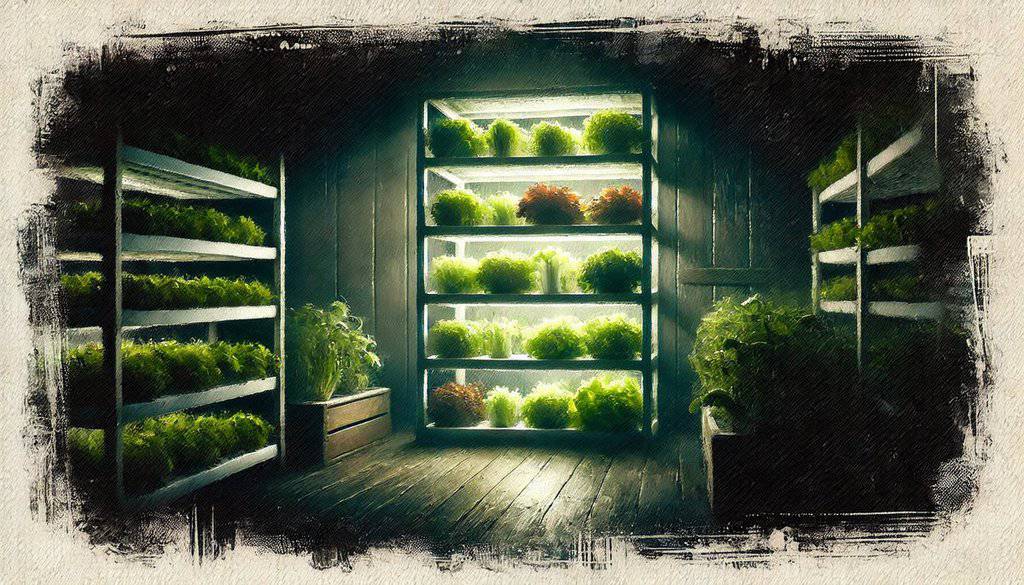Aeroponics systems depend entirely on electricity to deliver nutrients and airflow. In this guide, we’ll explore what happens during a power outage—and how to keep your plants alive with smart backup solutions.
When the power goes out, an aeroponics system stops instantly. The nutrient mist stops flowing, lights switch off, and air circulation halts. Without power, your plants are suddenly deprived of nutrients, light, and airflow.
Long-term impacts of power outages
The long-term impacts of a power outage on your aeroponics system can be brutal. It depends on the duration of the power loss, but prolonged periods without power can halt plant growth, reduce yields, and in a dire situation, even lead to the death of plants.
Impact on crop growth and yield
When an aeroponics system loses power, the negative effects on crop growth can be immediate and drastic. The plants stop receiving the regular, nutritious misting they’re accustomed to, which affects their nutrient intake, and hence, health and growth. This can drastically decrease yields.
Immediate response mechanisms
When power goes out, some aeroponics systems have immediate response mechanisms in place, such as backup power supplies that kick in automatically. This means the system doesn’t miss a beat, even if there’s a blackout.
Resistance factors built into design
In addition to immediate response mechanisms, some aeroponics systems are designed with resilience in mind, so water and power outages aren’t a death sentence. They can include larger water reservoirs that reduce the risk of running dry during extended outages, efficient water pumps that minimize power use, and partial backup LED lighting to keep plants alive in indoor systems. In areas prone to long outages, a small backup generator can keep the system running. For most home setups, even a modest solar-powered battery system can make a huge difference.
Automated and manual responses
Your aeroponics system might also include automated responses to power outages, such as alarms that notify you when the system’s running on backup power and/or simpler 12v backup pumps. You can also respond manually, by switching over to backup power or manually supplying the plants with nutrient solution. If possible, integrate automated IoT systems that send power-loss notifications to your phone or email. There are now many affordable options available for home gardeners today, especially if you are a DIY’er.
Prepared for the worst, hoping for the best
Preparing for power outages isn’t fun, or optional in aeroponics; it’s essential. With the right backup and monitoring setup, you can keep your plants thriving even when the grid goes dark for a while.
If you’d like to learn more about battery and solar backup, I’ve created tools to help you calculate exactly what you need.
In the first link below, you can estimate how many kilowatt-hours (kWh) your grow system requires per day. You’ll need this value for the next tool, which estimates your solar system size. If you already know your daily kWh usage, you can skip directly to the solar calculator.

